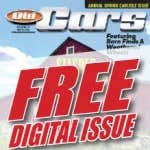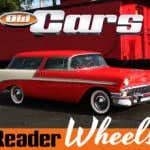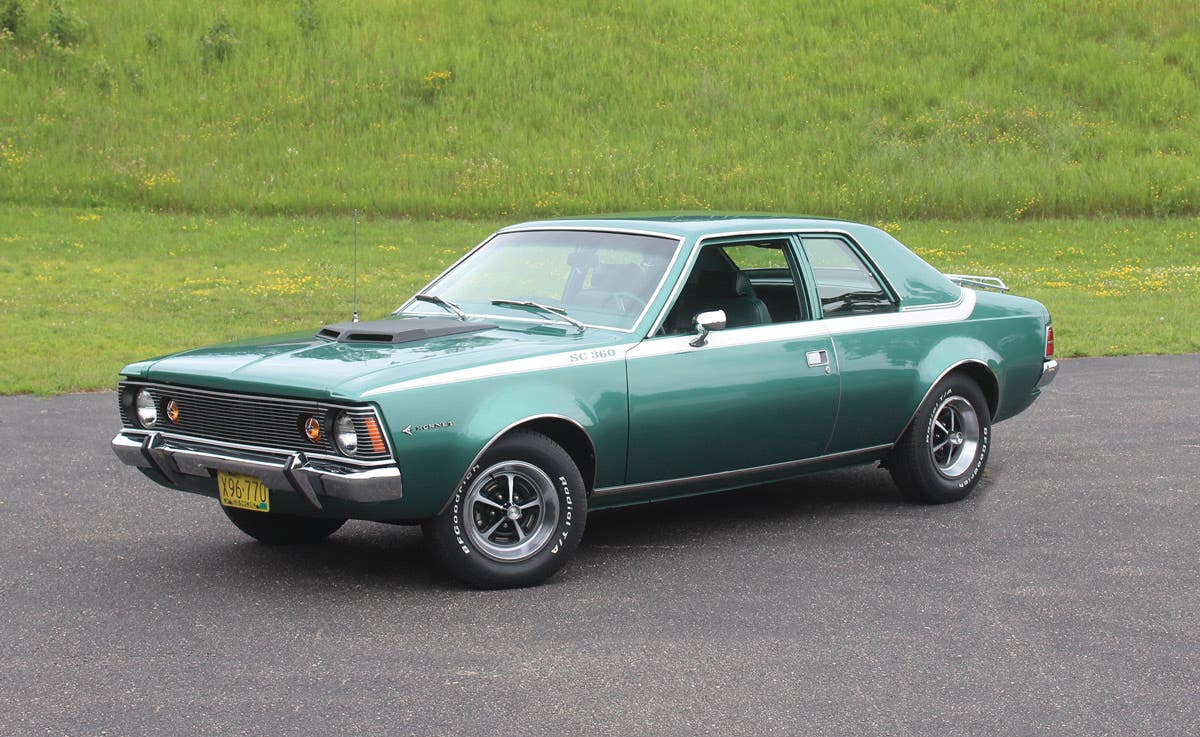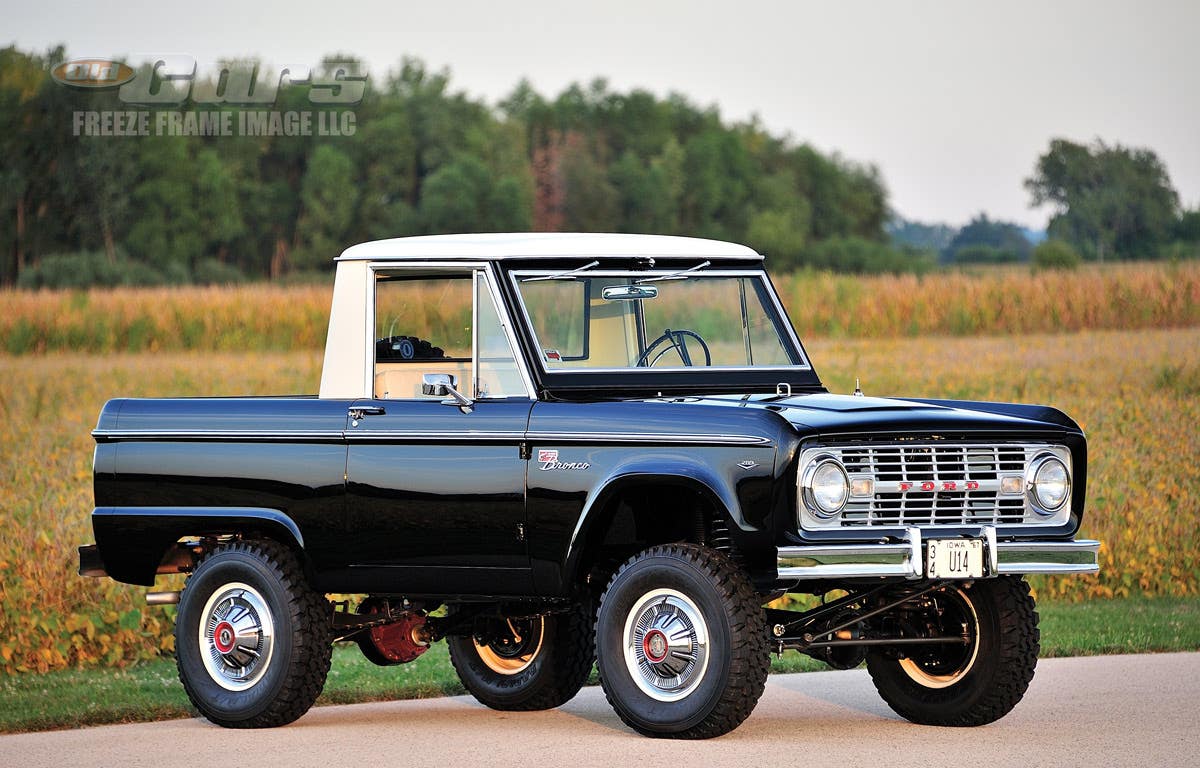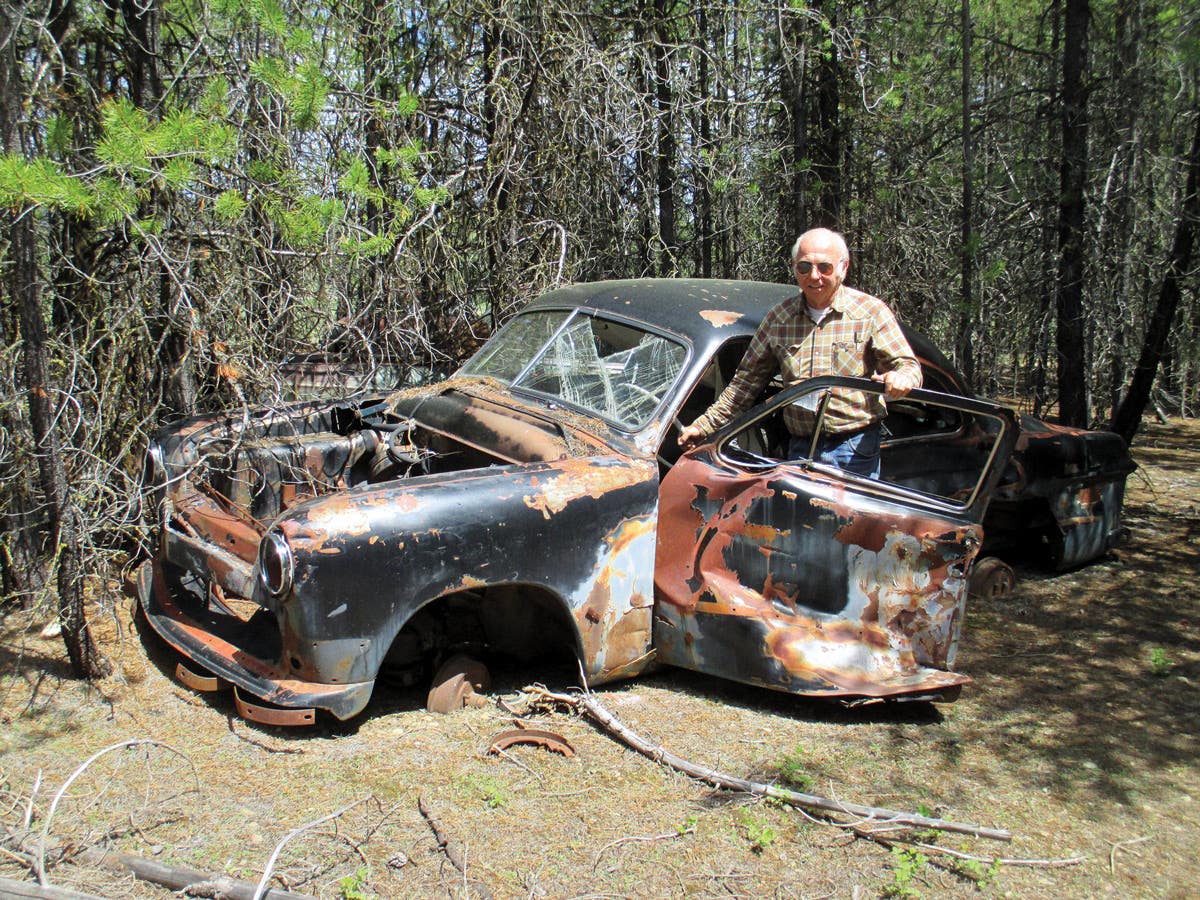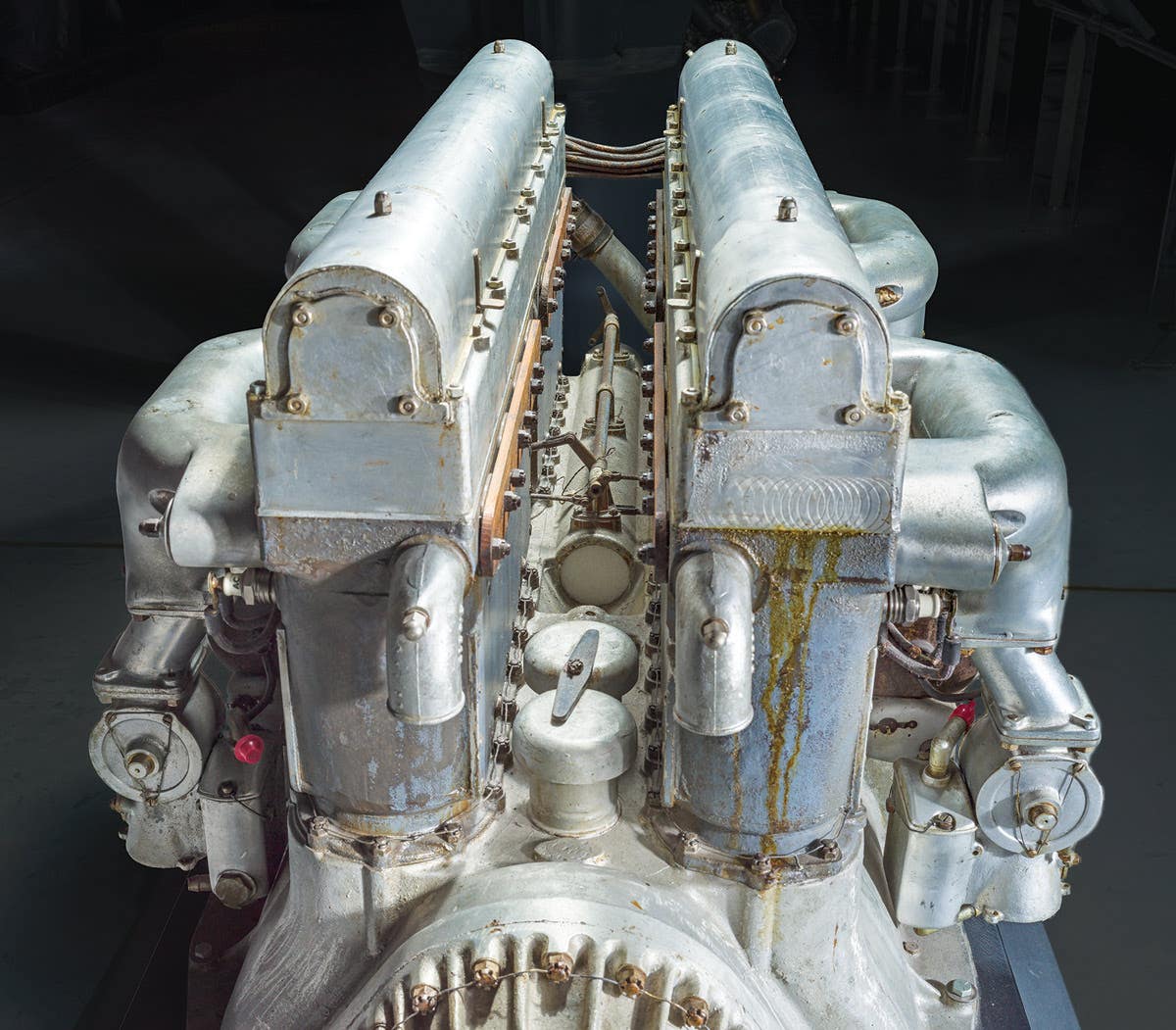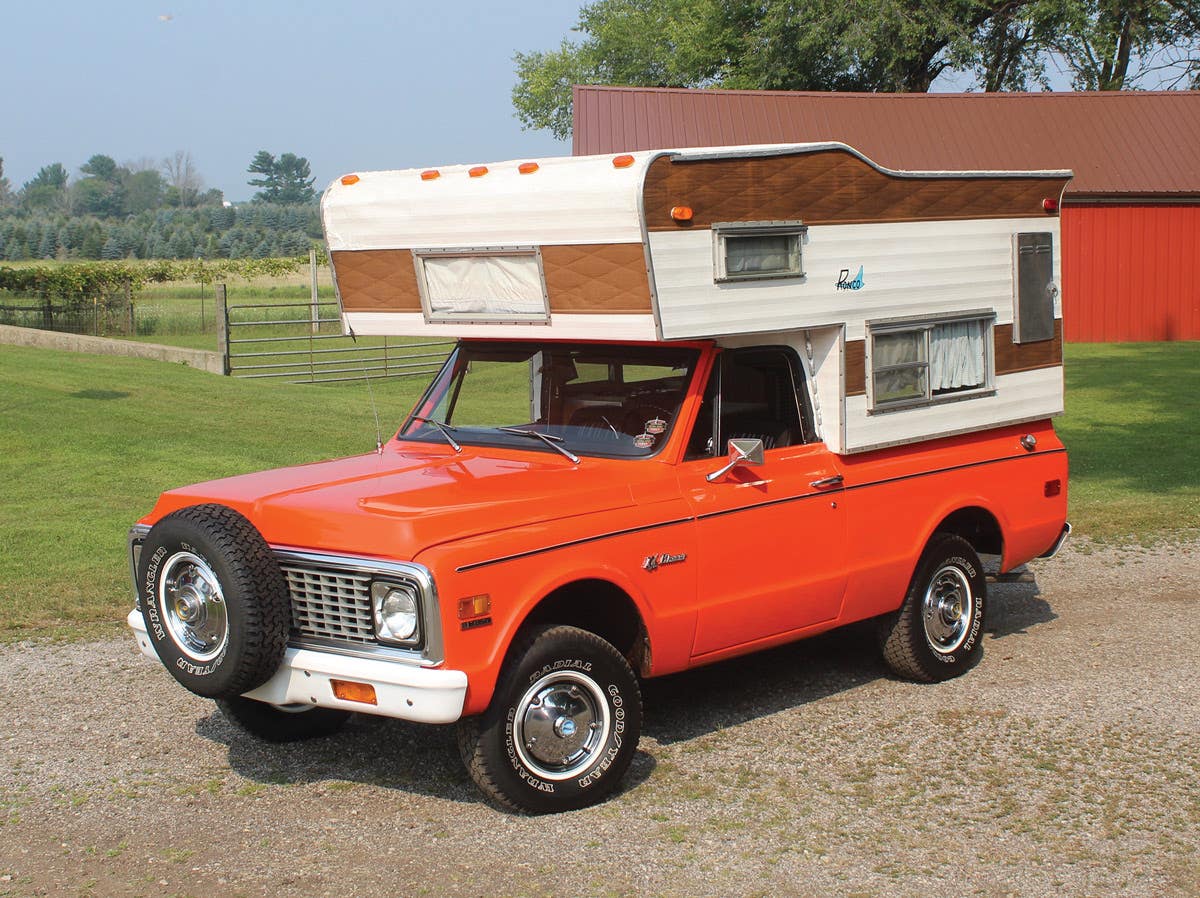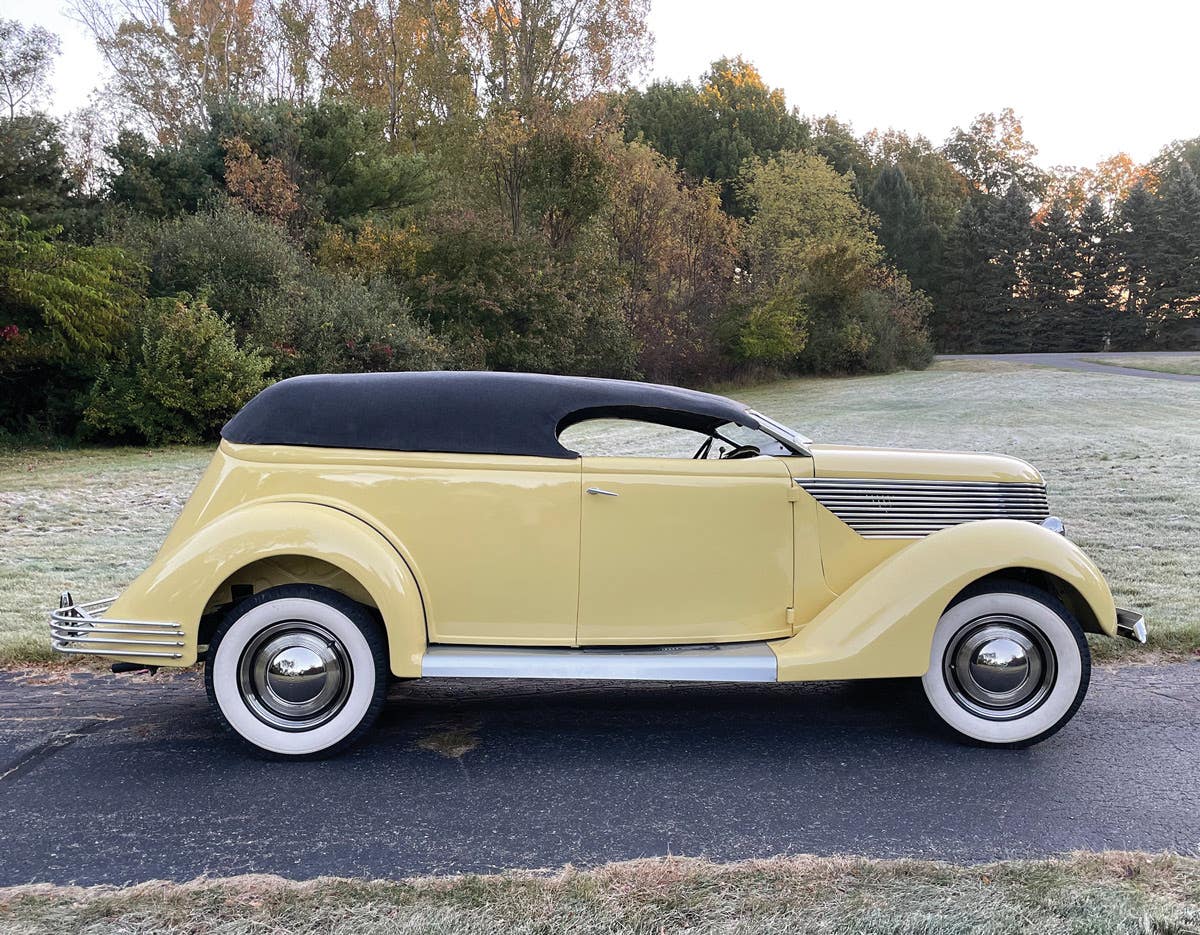During the mid 1960s, Ford Motor Co. faced stiff competition from Chrysler Corp. in NASCAR competition. Chrysler successfully launched the 426-cid Hemi V-8, and Richard Petty won his first Winston Cup Championship behind the Petty Enterprises 1964 Plymouth Belvedere. In 1965, NASCAR banned the 426 Hemi, but it returned in 1966 and once again, a MoPar won the Winston Cup championship when David Pearson and the Cottons Owens Racing Garage team won their first championship in the Hemi-powered Dodge Charger. It was followed by Richard Petty and his Petty Enterprises 1967 Plymouth Belvedere taking NASCAR’s top prize in 1967.
Chrysler’s NASCAR dominance with Hemi power influenced the management team at Ford to come up with an engine platform that would directly take on the Hemi on the Winston Cup circuit.
Ford had already produced successful high-performance 427-cid and 428cid racing engines from older blocks, but was looking to develop one based on its newest engine family, the Ford 385, to challenge the extremely powerful Chrysler 426 Hemi in NASCAR’s Grand National Division, today known as the NASCAR Cup Series. To use an engine in competition, NASCAR’s homologation rules required the engine to be offered to the public, and that at least 500 cars be fitted with it. After much consideration at Ford, the Mustang was selected as the production platform to receive the highly modified engine.
Ford Motor Co. realized that, to compete in NASCAR and motorsports racing, an all-new engine was needed, and its solution was a new 429-cid V-8 featuring deep-breathing heads, hemispherical combustion chambers and huge valves. Rather than installing the new engine into the midsize Torino, Ford first dropped the new monster engine into the 1969 Mustang fastback, creating the Boss 429: the ultimate pony car. Stock examples were capable of quarter-mile times under 14 seconds and mildly modified versions easily dipped into the 12-second range.
Building the Boss 429
Installing the 429 into Mustangs in 1969 and 1970 required many modifications, including cutting and relocating the shock towers to accommodate the massive powerplant, and to ease the in-house burden, Ford shipped the Boss 429s to Kar Kraft in Brighton, Mich., for completion. A simple decal on the front fenders quietly proclaimed what was under the hood, although the massive hood scoop was a dead giveaway. Other additions included a standard Toploader four-speed transmission, spoilers, chrome 15-inch Magnum 500 wheels, competition suspension, power front disc brakes, an oil cooler, a trunk-mounted battery, a 3.91:1 Traction-Lok differential and the interior decor package. At $4,087, the Boss 429 was the priciest non-Shelby Mustang to date, with limited production of 859 units for 1969, followed by 500 more for 1970.
The 429-cid big-block V-8 engine used in the Boss 429 Mustang was heavily modified for racing. Though not formally known as the “Boss 429 engine” by Ford in the same manner as the 302-cid V-8 used in the Boss 302, it acquired that informal designation from its introduction in the 1969 Boss 429 Mustang.
Inside the 429 engine
Among the Boss 429 engine’s high-performance features were four-bolt main caps, a forged steel crank, forged steel connecting rods and aluminum cylinder heads with what’s referred to as a semi-hemispherical-style combustion chamber which Ford called the “crescent.” The engines used “dry-deck” cooling, where the block and heads had separate coolant circuits. This strengthened the block by removing the open coolant passages into the head and reduced hot spots by providing more direct cooling. To prevent failures at high engine loads and sustained high revolutions, each cylinder, oil passage and water passage had an individual “O” ring seal, which was backstopped by a head gasket.
The Boss 429 engine received a 735-cfm Holley four-barrel carburetor mounted atop an aluminum intake manifold that flowed well for its time. Model-year 1969 cars featured hydraulic lifters, which were switched to solid lifters in 1970 to minimize valve float at high revolutions. The dual exhaust system was also improved for 1970, but rated power stayed the same.
Such a large engine made the car nose-heavy. To help offset this, the battery was relocated to the trunk, and a 3/4-in. sway bar was added to the rear end to limit body roll. This was the first Mustang ever fitted with a rear sway bar, giving it better handling than the other large-engine Mustangs of the time, and making it a much more capable track car. So did an oil cooler that allowed both high revolutions and endurance loads on the engine, and a manually controlled hood scoop for bringing in denser air for more thorough combustion. For better ground clearance, the front spoiler was made shallower than that of the Boss 302. Other features included color-keyed dual racing mirrors, an 8,000-rpm tachometer and AM-only radio.
The enormous “semi-hemi” Boss 429 engine was so wide that the Mustang’s engine compartment could not accommodate it, hence why Ford contracted with Kar Kraft of Dearborn. Kar Kraft function as a Ford-exclusive experimental facility that functioned as Vehicle Engineering for Ford’s Special Vehicles. Kar Kraft modified the Mustang front apron assemblies so that they could be bolted into place on the main assembly line. The result was a stronger and cleaner front structure, important considerations on such a performance car. Kar Kraft’s work also included reworked front fenders.
Production began at the end of 1968, with Kar Kraft front aprons being fitted to Boss 429s at the Ford Rouge plant during vehicle construction. The cars were then shipped to Kar Kraft’s new assembly plant in Brighton for engine installation and further modifications.
The cars were advertised at 375 hp at 5,200 rpm and 450 lb.-ft. of torque at 3,400 rpm. Period dynamometer testing was close to Ford’s rating. Speed equipment manufacturer Crane Cams tested engines that were stock, but fitted with aftermarket tubular headers substituted for the stock cast-iron exhaust manifolds. For the 1969 hydraulic-lifter engine, they measured a peak of 352 hp at 5,500 rpm. The 1970 mechanical-lifter engine measured better, with a peak of 366.5 hp, also at 5,500 rpm.
as Boss 429s were built to satisfy NASCAR homologation requirements. Freeze Frame Image LLC
Use in NASCAR
With the release and homologation of the extreme 1969 Charger Daytona by rival manufacturer Dodge, the Boss 429 Mustang’s NASCAR plans were scrapped. However, as the Boss 429 engine was homologated in the Mustang, Ford used it in NASCAR until 1974 in other Ford and Mercury body platforms, including the Mercury Cyclone Spoiler II and Torino Talladega. It took home 26 winner’s trophies in 1969 before factory support was curtailed.
The 429 was also used in the NHRA Pro Stock class during the 1980s. Its main proponent there was Bob Glidden’s championship-winning Pro Stock Thunderbird.
Boss looks
Both model years of the Boss 429 featured a toned-down exterior compared to other performance Mustangs of the era, which often emphasized appearance over reality. The Boss 429 featured a very clean look with its only external identification being Boss 429 decals on the front fenders and a unique enlarged hood scoop. A black front spoiler was standard, but 1969 and 1970 Boss 429s lacked the side stripes commonly seen on other performance Mustang models.
To indicate the model’s role in getting the Ford “semi-hemi” version of its 429-cid V-8 engine homologated for NASCAR, each car was given a special NASCAR identification on the interior of the driver’s door, and a “KK” number reflecting the custom modifications by Kar Kraft. KK #1201 was the first Boss 429 and KK #2558 was the last.
In 1970, Ford made its 500 Boss 429s in five new exterior colors: Grabber Orange, Grabber Green, Grabber Blue, Calypso Coral and Pastel Blue. The interior color options were either black or white and black. The hood scoops were all painted matte black. A Hurst shifter was standard equipment.
Preserving a ‘Boss 9’ survivor
On April 9, 2021, Jason Billups, along with his father, Gerald Billups, and friend, Todd Hollar, rescued the featured Grabber Orange 1970 Boss 429 Mustang from a private location in Oklahoma, where it had been sitting in a field for years.
The Grabber Orange ’70 ‘Boss 9’ had been on Jason’s radar for years. He and Todd had purchased another Boss Mustang from the seller years before, and that seller had recently expressed an interest to part with the second Boss from his collection.
Upon receiving news of the car’s availability, Jason reached out to one of his clients, Jose Armario, who said, “I want it.” While working on a 1968 Shelby GT500 for Jose, Jason had learned that Jose was looking for a Boss 9 that he could occasionally drive to work at his company in North Carolina.
According to Jason, the ’70 Boss 9 was in great original, unrestored condition, despite its time outside. The factory Grabber Orange paint was still intact, but had some patina expected on a car that’s been sitting outdoors for some time. However, the weather is relatively mild in Oklahoma, and apparently Mother Nature had been good to this Boss 9.
Once Jason laid more careful eyes on the car, his plan to bring it back to life was to clean up the paint by performing some careful and methodical polishing. It was just too good to fully restore.
Despite outdoor storage, the Boss 9 escaped thieves and it even retained its all-important parts, including the Kar Kraft-installed identification plate with #2554 stampings, which remained on the door latch face.
just a simple “Boss 429” call out appeared on the front fenders. Freeze Frame Image LLC
Not long after the purchase, the Boss 9 was transported to Billups Classic Cars in Colcord, Okla., where it underwent what Jason refers to as a “preservation restoration,” a process where the entire car is essentially disassembled, parts are cleaned up and reconditioned wherever necessary, and then the car undergoes an assembly process that is methodical and purpose-driven to maintain as much originality as possible. Once the car is fully assembled, it retains its original factory appearance, and its patina. From a functional perspective, everything is in working order and the car is ready to be driven on the open road.
Most owners are reluctant to do much driving when they invest in a concours-type restoration. Jose wanted to keep the original factory look with its years of usage undisturbed. He realized a concours restoration would have likely discouraged him from having the opportunity to enjoy the Boss 9 on the street.
“This ’70 Boss 9 was an extremely solid car,” Jason said. “Jose made it clear he wanted us to make it nice without the normal concours restoration process. In many ways, our approach is like the concours restoration process. It requires a different approach, but the amount of time it takes to bring it all together is not really much different than our usual concours restoration. The end result is a car that Jose can drive and enjoy. Of course, if Jose changes his mind and comes to me one day with a request to have us do a concours restoration, we can do it, but once they go through that process, they can’t be taken back to the way they looked or were built at Kar Kraft back in the day.”
During the photoshoot, Jason made a few customary passes in the Boss 9 up and down the airport runway, and to be honest, I don’t recall ever seeing a 1970 Boss 9 that had been found in a field and then given the appearance of a new life without having undergone a complete concours restoration. The knowledge of Boss Mustangs, the skill set to revive a car to factory standards and the craftsmanship to carefully preserve the intact history of the car were apparent. It was only something that the team at Billups Classic Cars could pull off.
In the bottom left corner of this image, some paint loss can be seen on this original-paint example Freeze Frame Image LLC
well as the Boss’ Ford-applied body paint. Freeze Frame Image LLC
Love 'Stangs? Here are a few more articles for your reading enjoyment.
SHOW US YOUR WHEELS!
If you’ve got an old car you love, we want to hear about it. Email us at oldcars@aimmedia.com
If you like stories like these and other classic car features, check out Old Cars magazine. CLICK HERE to subscribe.
Want a taste of Old Cars magazine first? Sign up for our weekly e-newsletter and get a FREE complimentary digital issue download of our print magazine.
